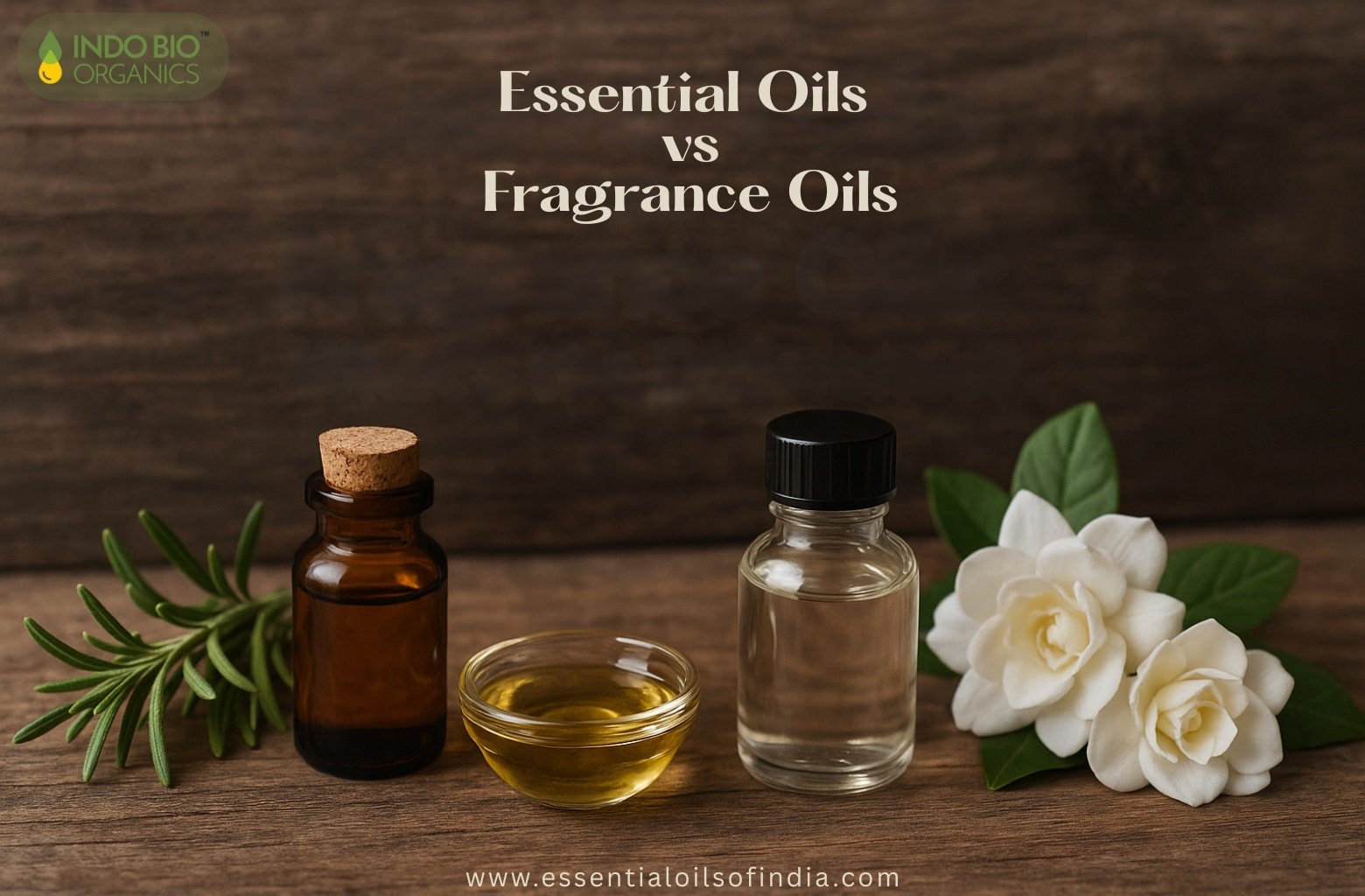
Walk into any wellness store, and you’ll find shelves filled with tiny bottles labeled “Lavender Essential Oil,” “Vanilla Fragrance Oil,” or “Rose Aroma Blend.” They all smell divine — but are they the same thing? Not quite.
In today’s natural beauty and aromatherapy world, essential oils vs fragrance oils are often confused, yet they serve very different purposes. One is extracted from nature and used for wellness; the other is crafted in laboratories for consistent, long-lasting scent.
Understanding the difference between the two helps you choose the right product for skincare, relaxation, and home fragrance — while also ensuring safety and effectiveness.
Let’s dive into what truly separates essential oils from fragrance oils and why both have their unique place in wellness and lifestyle products.
Essential oils are pure, concentrated plant extracts obtained from flowers, leaves, roots, bark, or fruits. They capture the plant’s aromatic essence — the very compounds that give it its signature scent and therapeutic power.
For centuries, civilizations like India, Egypt, China, and Greece have used essential oils in traditional healing systems such as Ayurveda, Unani, and Aromatherapy (essential oils vs fragrance oils).
Common Extraction Methods:
Popular Essential Oils in India:
Why They’re Loved:
Essential oils are therapeutic, chemical-free, and often used for skincare, haircare, massage, and aromatherapy.
Fragrance oils, on the other hand, are synthetic or semi-synthetic aromatic compounds designed to replicate pleasant scents — both natural and artificial (essential oils vs fragrance oils) .
They are crafted by perfumers using a mix of:
Unlike essential oils, fragrance oils don’t provide therapeutic benefits, but they excel in scent retention and consistency — making them ideal for candles, perfumes, soaps, and home fragrances.
Two Main Types of Fragrance Oils:
Where You’ll Commonly Find Them:
| Feature | Essential Oils | Fragrance Oils |
|---|---|---|
| Source | Extracted from plants (natural) | Lab-created (synthetic or blended) |
| Purpose | Therapeutic and holistic | Cosmetic and aromatic |
| Scent Longevity | Natural, fades over time | Long-lasting |
| Composition | 100% natural compounds | Artificial aromatic chemicals |
| Cost | Expensive | Affordable |
| Shelf Life | Shorter | Longer |
| Skin Benefits | Yes (when diluted) | None |
| Use In Products | Wellness, skincare, aromatherapy | Soaps, perfumes, candles |
It’s easy to mix them up because:
Tip: Always read the label. If it says “for external use only” or “contains synthetic aroma compounds,” it’s likely a fragrance oil.
Essential oils contain volatile organic compounds (VOCs) that evaporate easily, carrying aroma molecules through the air. When inhaled, these molecules interact with receptors in the brain, influencing emotions, mood, and even hormones.
Example:
This mind-body connection is what makes essential oils a cornerstone of aromatherapy and holistic healing.
Fragrance oils don’t have natural bioactive compounds but are carefully engineered to create sensory experiences.
Perfumers mix aroma chemicals like:
These compounds are synthesized to replicate natural scents and remain consistent over time — something essential oils can’t guarantee due to seasonal variations in plant yield.
It can take hundreds of kilograms of raw material to produce a small bottle of pure essential oil.
For example:
This intensive process, along with organic certification and ethical sourcing, explains their premium price.
Fragrance oils, however, are manufactured at scale, making them much cheaper and more stable for commercial use.
Next, in Part 2, we’ll go deeper into their applications, safety, composition, and how industries use them differently — plus how to identify fake “essential oils” in the market.
Essential oils are nature’s chemical symphonies.
Each oil contains dozens to hundreds of active compounds, such as terpenes, aldehydes, esters, ketones, and alcohols — all working together in unique ways.
For example:
The key here is that essential oils are “alive” in a chemical sense — they interact with our body chemistry, which is why results can differ from person to person.
Each essential oil tells the story of the plant it comes from — its soil, climate, and even harvest season affect its aroma and potency. This natural variability is what makes essential oils precious, but also challenging for industries that demand uniform scent profiles.
Now, let’s contrast that with fragrance oils.
Fragrance oils are man-made formulations — a combination of synthetic aroma molecules, natural essential oil components, and fixatives.
These blends are designed in labs by perfumers (also known as “noses”), who craft scents that are stable, long-lasting, and consistent across every batch.
For instance:
Advantages of this synthetic control:
However, they lack the therapeutic complexity that essential oils bring.
Both essential and fragrance oils can irritate the skin — but for very different reasons.
Essential Oils:
Fragrance Oils:
Pro Tip:
Always perform a patch test before using any oil on your skin — apply a small diluted amount on your wrist or behind the ear and wait 24 hours.
Essential oils are the backbone of aromatherapy, an ancient practice rooted in Indian and Egyptian traditions.
When you inhale these oils through diffusers or steam, their molecules stimulate your limbic system — the part of the brain that controls emotions, memories, and mood.
Common Aromatherapy Benefits:
In India, the fusion of Ayurveda and aromatherapy has become increasingly popular — using essential oils for dosha balancing, skin purification, and spiritual rituals.
Fragrance oils, while aromatic, don’t trigger these therapeutic pathways, as they lack the biological compounds that interact with the body.
Essential oils have carved a significant place in the beauty industry — not just for scent, but for their functional benefits:
| Concern | Recommended Essential Oils | Benefits |
|---|---|---|
| Acne | Tea Tree, Rosemary | Antibacterial, reduces inflammation |
| Dry Skin | Sandalwood, Geranium | Deep hydration, softens texture |
| Oily Skin | Lemon, Clary Sage | Balances sebum, tightens pores |
| Hair Growth | Rosemary, Peppermint | Stimulates follicles, boosts circulation |
| Aging Signs | Frankincense, Myrrh | Promotes cell renewal, fades wrinkles |
Usage Note: Always dilute essential oils in a carrier oil before applying to skin or scalp — typically 2–3 drops per tablespoon of carrier oil.
Fragrance oils, meanwhile, are used in skincare only for aroma — for example, to give lotions or body sprays a pleasant scent. They don’t offer any healing or restorative benefits.
If you love candles, perfumes, or air fresheners, you’ve likely enjoyed fragrance oils more than you realize.
Their consistency, affordability, and variety make them the go-to choice for many industries:
Common Uses:
Unlike essential oils, fragrance oils are designed purely for pleasure, not therapy — and that’s perfectly fine. They cater to the senses, while essential oils serve the soul.
The essential oil market has grown from a niche wellness sector into a billion-dollar global industry.
Key Trends (2025):
India remains one of the top exporters of essential oils like lemongrass, peppermint, and eucalyptus, serving brands across Europe, the US, and the Middle East.
On the other hand, the fragrance oil market is dominated by large corporations specializing in synthetic aroma design — supplying global perfume brands and household product manufacturers.
Both industries are thriving, but they serve different audiences — essential oils target the wellness community, while fragrance oils attract mainstream consumer brands.
This is where things get nuanced.
Essential Oils:
Fragrance Oils:
So, from a sustainability standpoint, pure essential oils win — but only if harvested responsibly.
The market is flooded with low-quality or adulterated oils labeled as “pure essential oil.”
Here’s how to identify genuine ones:
Label Check: Look for “100% pure essential oil” with botanical name (e.g., Lavandula angustifolia for lavender).
Packaging: Always stored in dark glass bottles to protect from light.
Price Point: If it’s too cheap, it’s probably synthetic or diluted.
Texture: Essential oils are not greasy or thick — they evaporate quickly when rubbed.
Smell: Real essential oils have complex, multi-layered aromas — not overly sweet or identical to perfumes.
Interestingly, some industries combine both for balanced results:
This hybrid approach offers the best of both worlds — nature and innovation.
When deciding whether to use essential or fragrance oils, ask yourself:
| Your Goal | Choose This Oil |
|---|---|
| Relaxation & Aromatherapy | Essential Oils |
| Long-lasting home scent | Fragrance Oils |
| Therapeutic skincare | Essential Oils |
| Affordable scented candles | Fragrance Oils |
| Natural hair and beauty | Essential Oils |
| Perfume making | Fragrance Oils (or blended) |
If you sell handmade soaps, skincare, or aromatherapy products, be transparent with your customers.
Label clearly whether your product uses essential oils, fragrance oils, or a blend.
Consumers today appreciate honesty over hype, and this transparency can boost brand trust and loyalty.
Now that we’ve explored what essential and fragrance oils are, how they’re made, and where they come from, it’s time to dive into the real-world applications, safety tips, and practical guidance that will help you decide which one suits your specific needs.
Let’s explore the big picture — from wellness and skincare to business uses and sustainability concerns — and see why both essential and fragrance oils have a unique place in the global aromatic world.
When it comes to applications, both essential oils and fragrance oils play an important role in different industries. However, their purposes and effects vary widely.
Essential oils are prized for their therapeutic and holistic properties. Their popularity in wellness and skincare has exploded over the last few decades, especially in India — a hub for Ayurveda and natural healing.
Common Uses of Essential Oils:
Fact: In India, essential oils have been part of Ayurvedic medicine for over 5,000 years, often used in “Abhyanga” — the art of therapeutic oil massage.
Fragrance oils, on the other hand, are primarily used to create pleasant scents — they’re the secret behind your favorite perfumes, candles, and lotions.
Common Uses of Fragrance Oils:
Fragrance oils are also more stable and affordable than essential oils, making them ideal for large-scale manufacturing and consistent production.
Not all oils are skin-safe, and understanding how your skin reacts to essential vs fragrance oils is crucial — especially if you’re in the skincare, cosmetics, or wellness industry.
Because essential oils are 100% natural and highly concentrated, they can cause irritation or allergic reactions if used incorrectly.
Safety Tips:
Example: Tea tree oil is excellent for acne but can cause redness if applied undiluted.
Fragrance oils are manufactured with safety standards in mind, especially when made for cosmetics or skincare. However, they lack therapeutic benefits since they’re synthetic.
Safety Notes:
In short:
Essential oils = therapeutic but strong.
Fragrance oils = pleasant scent but synthetic.
How do you know which oil is right for you? The answer depends on your goal — are you looking for wellness benefits or simply a long-lasting scent?
If your goal is to improve your physical or emotional health, essential oils are your best choice.
Use them for:
Recommended Oils:
If your goal is to add a consistent, long-lasting scent to products or your space, fragrance oils are ideal.
Use them for:
Popular Fragrance Oil Types:
Fragrance oils offer variety, consistency, and affordability, which makes them popular among businesses and DIY creators alike.
Sustainability is an increasingly important part of consumer decisions — and this factor plays a huge role in the essential vs fragrance oil debate.
Producing essential oils requires large quantities of raw materials. For instance, it takes around 250,000 rose petals to make 5 ml of rose oil.
This raises environmental concerns around overharvesting and deforestation.
However, ethical sourcing and sustainable farming can minimize this impact. Indian producers are leading the charge with organic cultivation and eco-friendly distillation.
Fragrance oils, being synthetic, don’t rely on natural crops, which means they can help reduce environmental strain.
However, the chemical manufacturing process and use of non-biodegradable ingredients can create waste and pollution if not managed properly.
Many modern brands are now shifting to eco-conscious synthetic oils that are biodegradable and cruelty-free.
One of the biggest differences lies in cost.
| Oil Type | Price Range (India) | Shelf Life | Key Factors |
|---|---|---|---|
| Essential Oils | ₹300 – ₹5,000 (per 10ml) | 1–2 years | Depends on purity, extraction method, and plant source |
| Fragrance Oils | ₹150 – ₹800 (per 10ml) | 2–5 years | Depends on blend, formulation, and chemical stability |
Tip: If you’re starting a small business (like soap or candle making), fragrance oils can help you maintain profitability due to their affordability and variety.
The global demand for both types of oils is growing, but in different sectors:
Fun Fact: The global essential oils market is projected to exceed $25 billion by 2030, while fragrance oils continue to dominate the $50 billion perfume industry.
Interestingly, some artisans and perfumers now blend both (essential oils vs fragrance oils) to create the perfect balance between natural therapy and lasting aroma.
This hybrid method allows users to enjoy aromatherapy-like benefits with consistent, delightful scents.
Let’s bust a few myths that often confuse beginners:
| Myth | Reality |
|---|---|
| Essential oils are always safer than fragrance oils | Not true. Essential oils can cause burns if undiluted. |
| Fragrance oils are toxic | Not necessarily — IFRA-certified fragrance oils are tested and safe. |
| All natural oils are good for your skin | Some, like cinnamon oil, can be irritating even when natural. |
| Fragrance oils have no value | They enhance emotional wellness through pleasant scents. |
Understanding these differences helps users make informed choices and avoid marketing traps.
Essential oils and fragrance oils each have a distinct purpose — one rooted in nature and therapy, the other in creativity and sensory delight.
If you’re looking for healing, balance, and natural purity, essential oils are your go-to.
But if you want long-lasting scents and product consistency, fragrance oils are unbeatable.
Ultimately, the best choice depends on your needs, preferences, and values — whether you lean toward wellness, art, or simply a beautiful fragrance that makes your world smell better.
if you want to buy Essential oils in canada explore it Indobio Organics
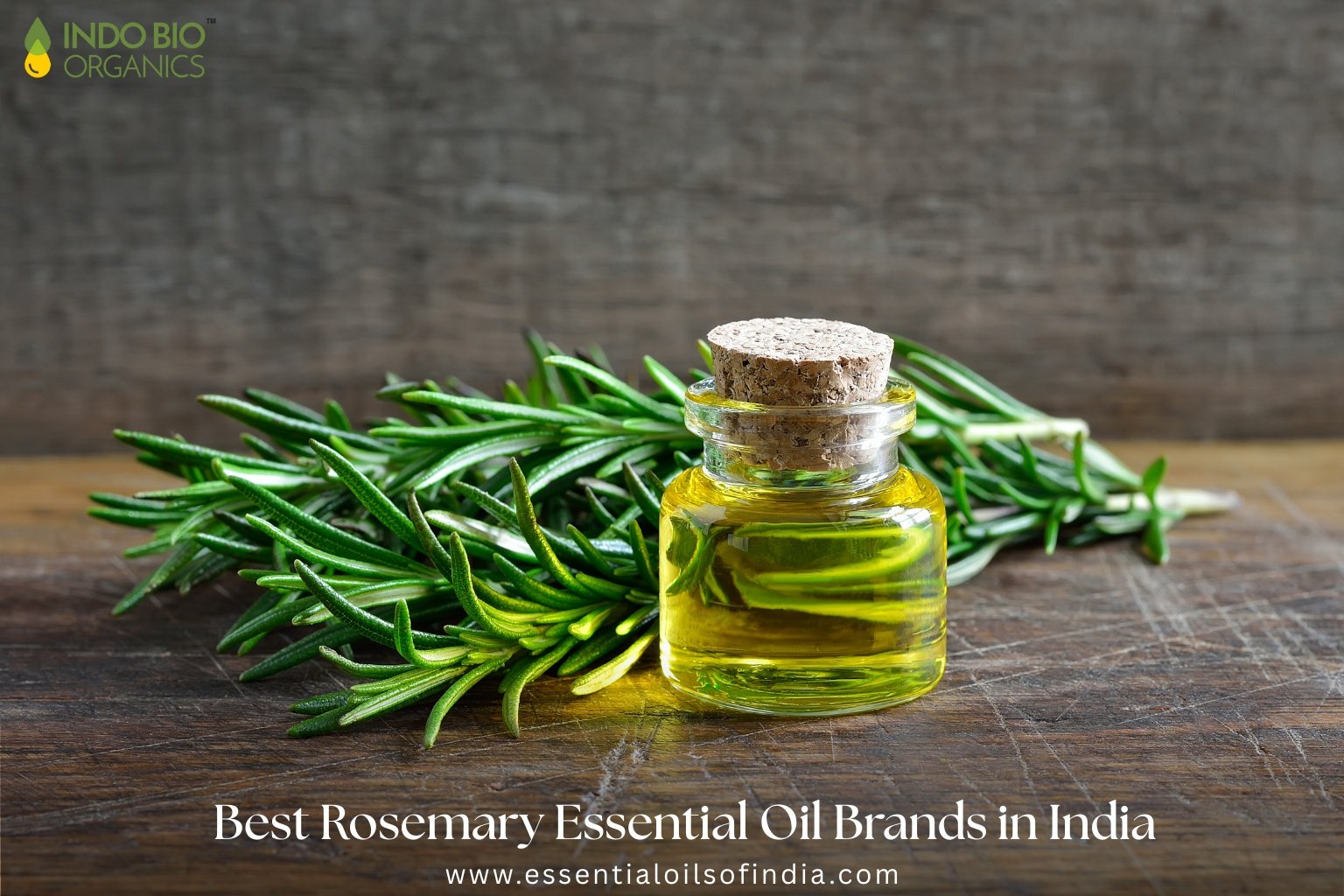
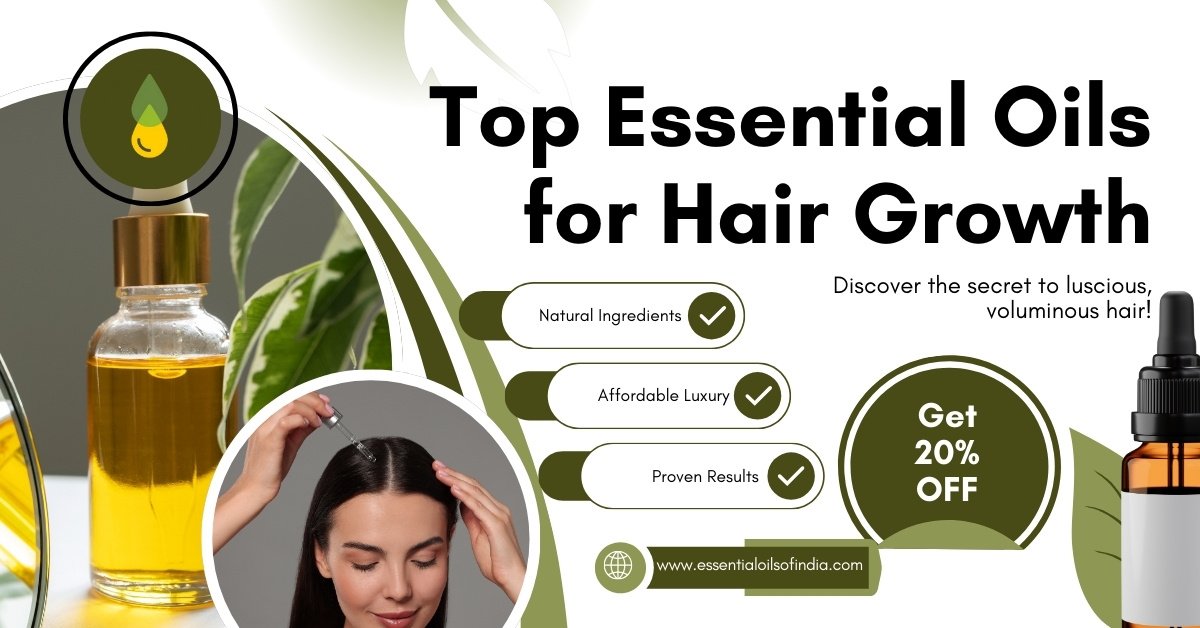
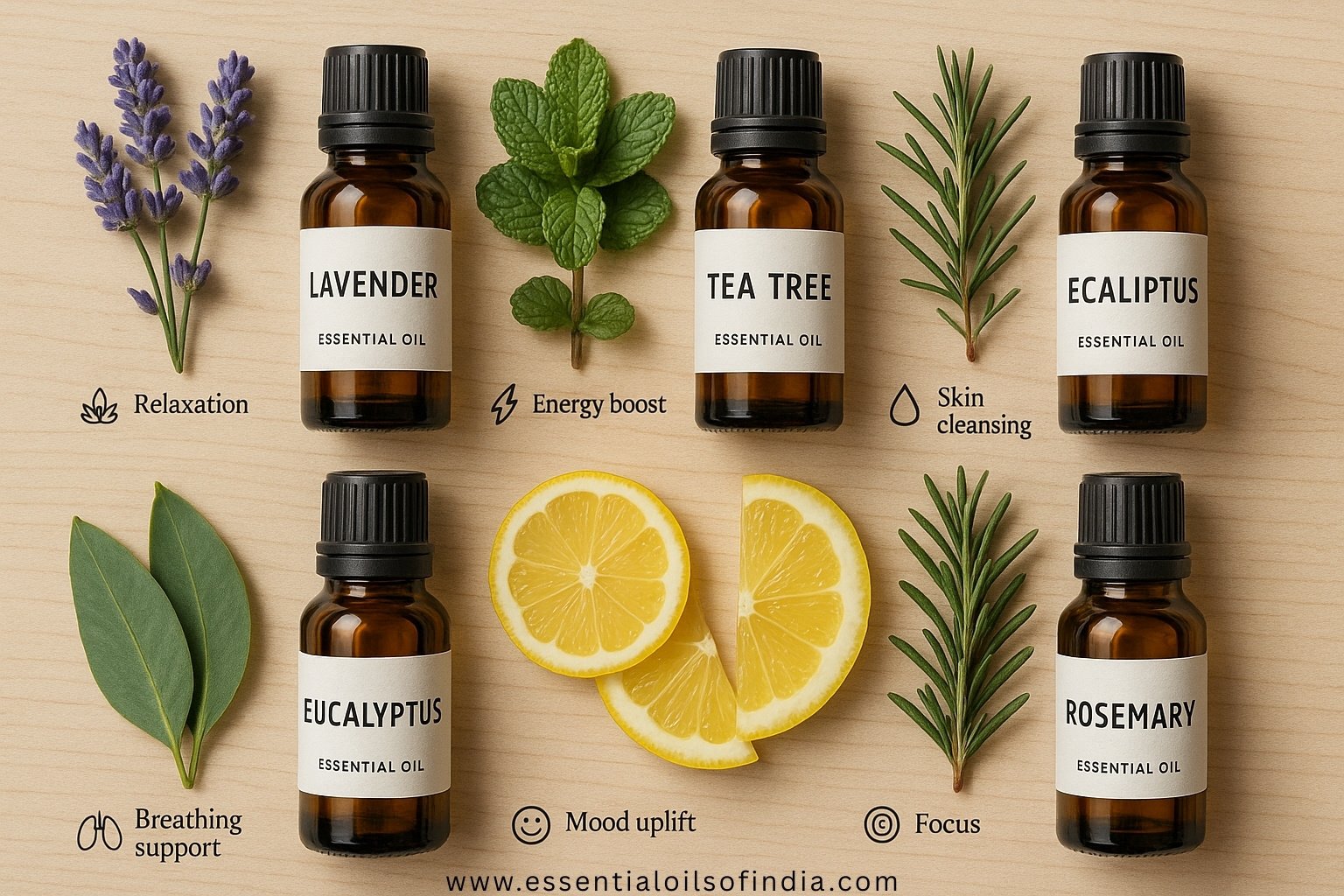
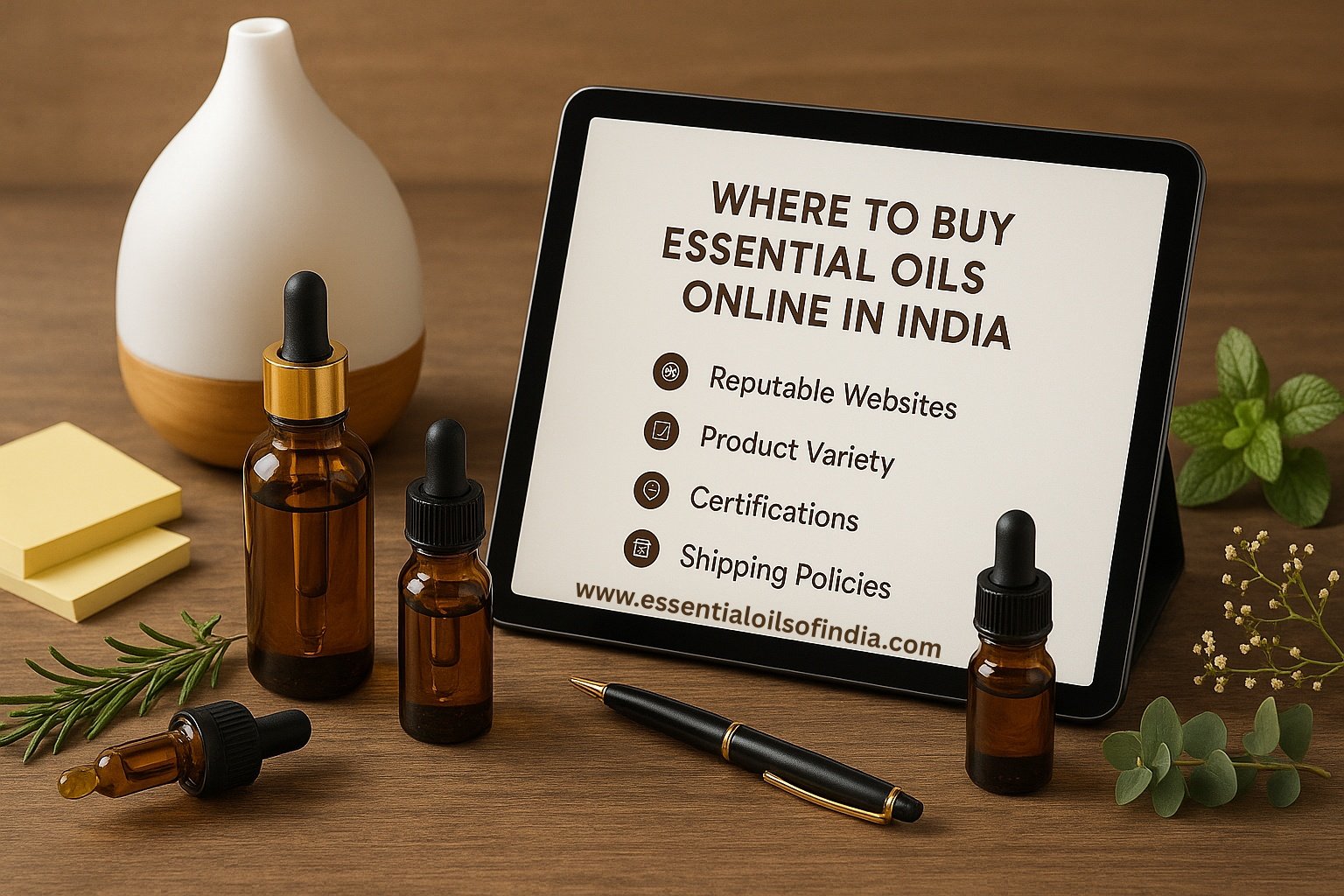
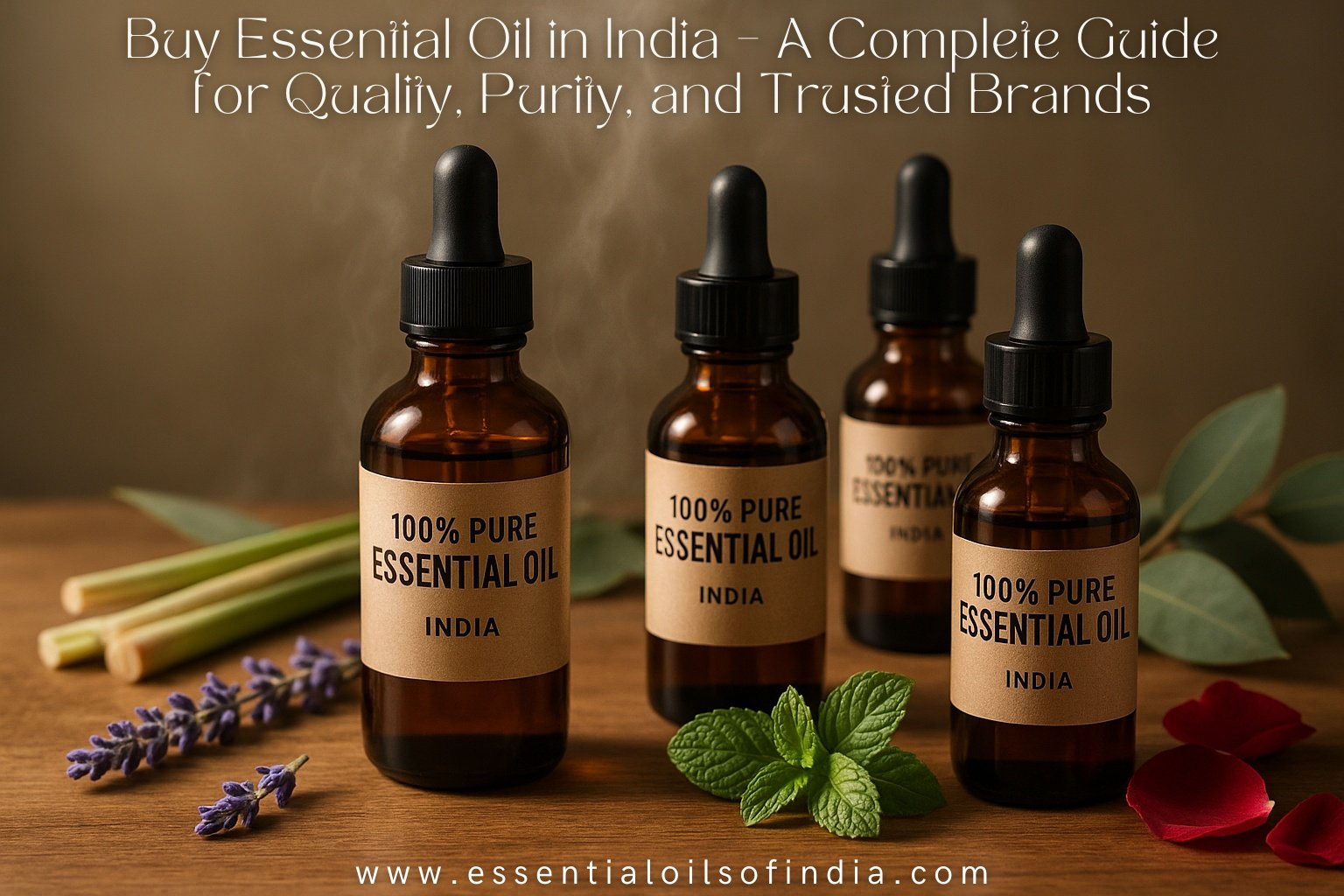
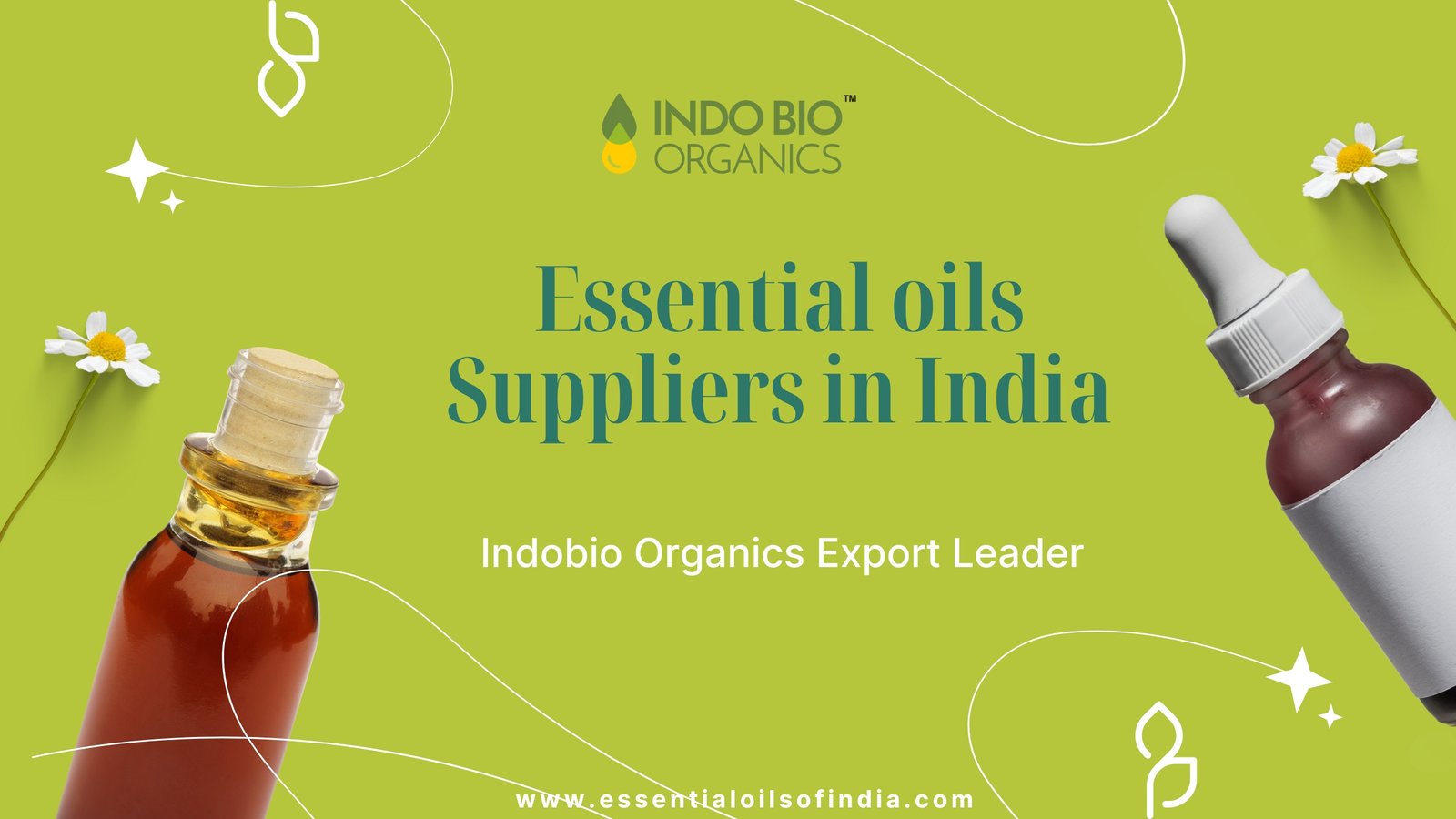
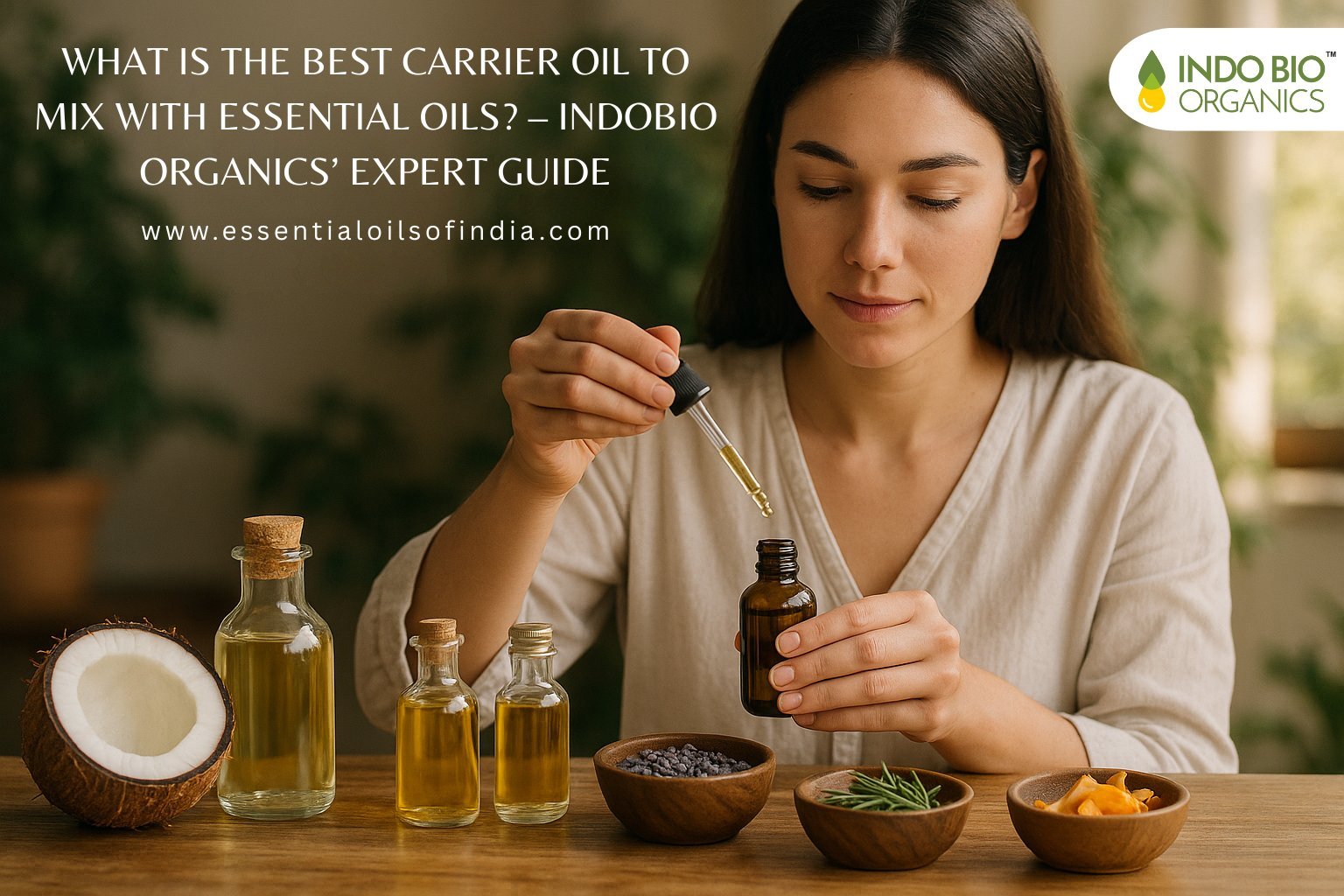
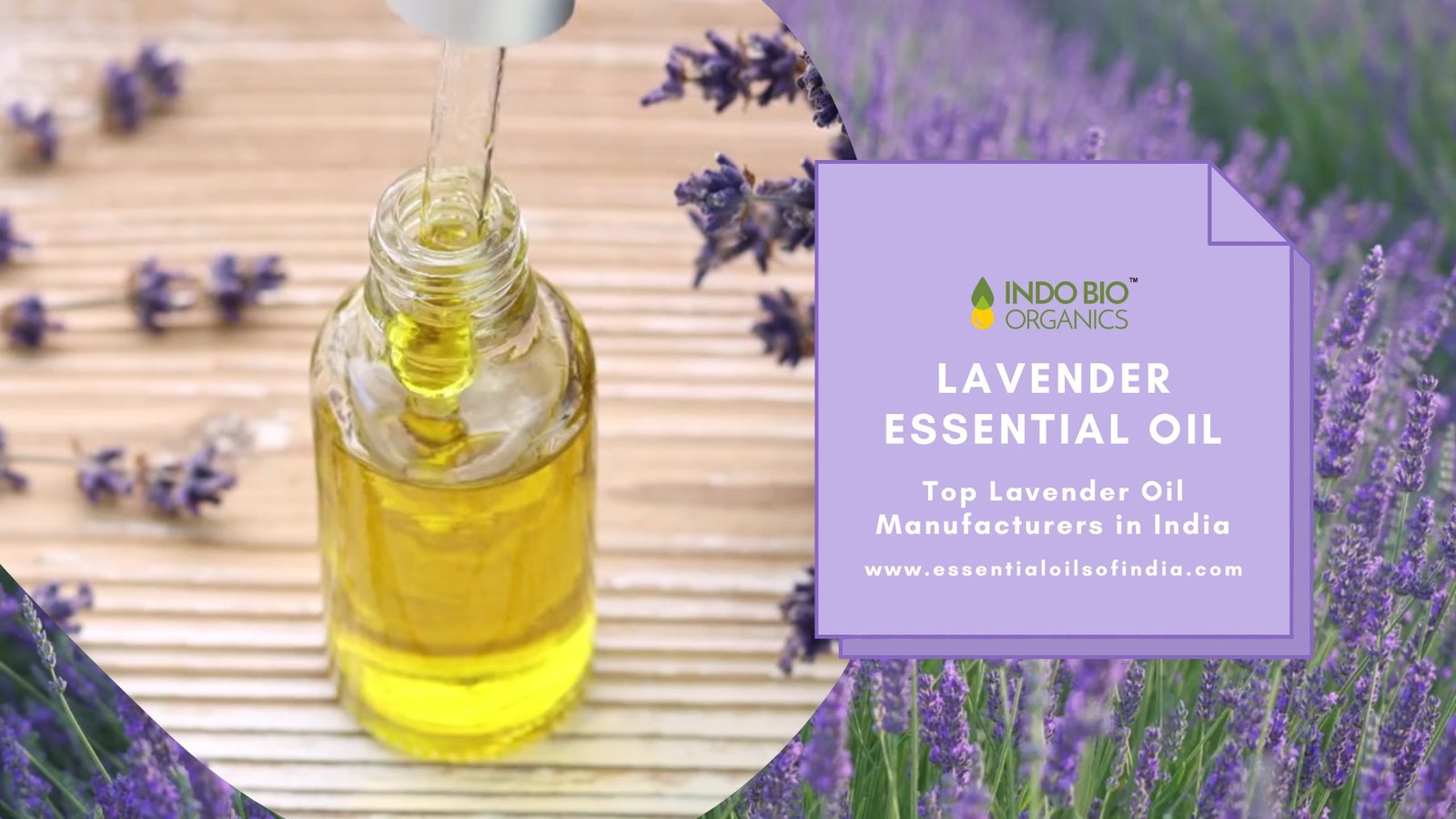
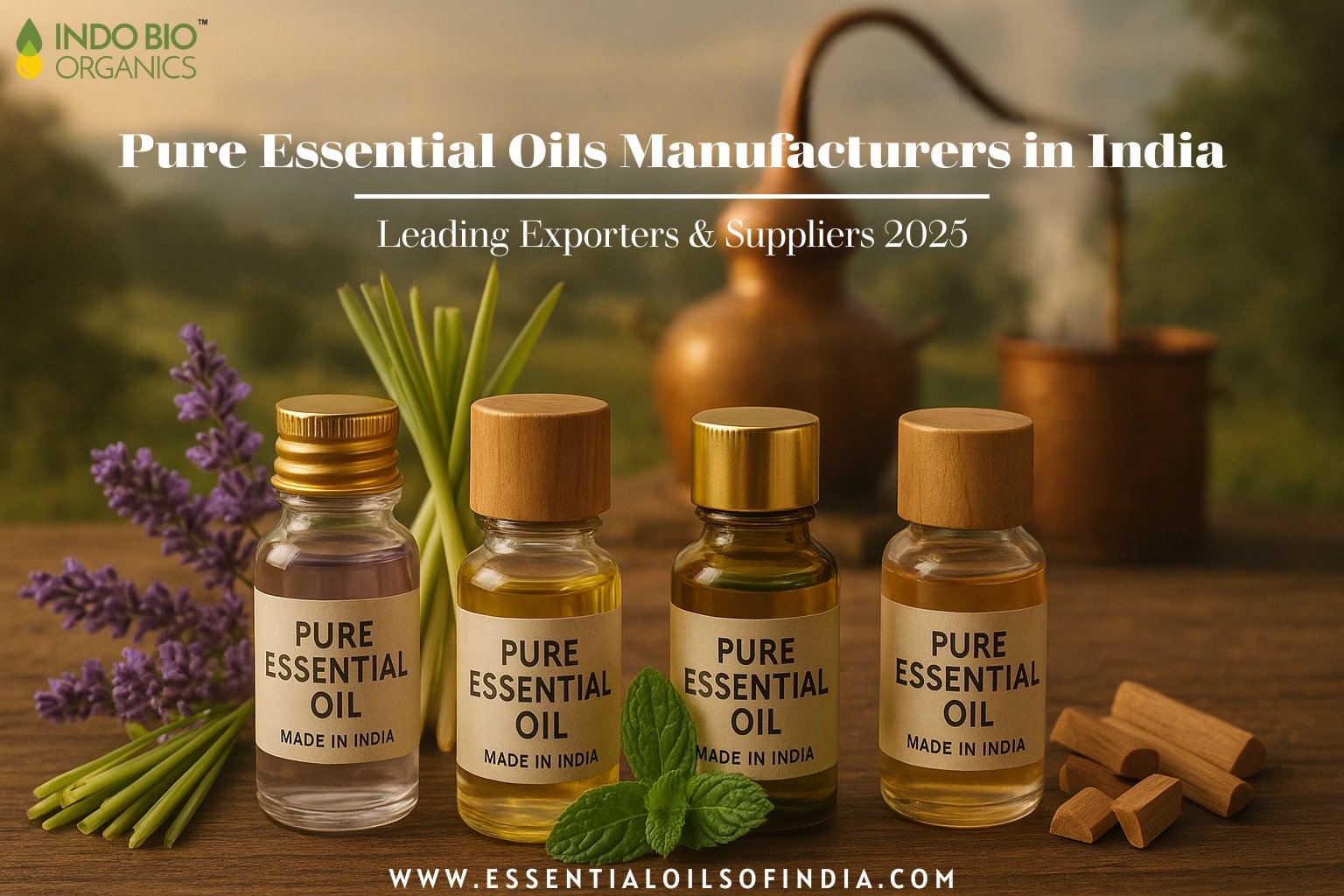
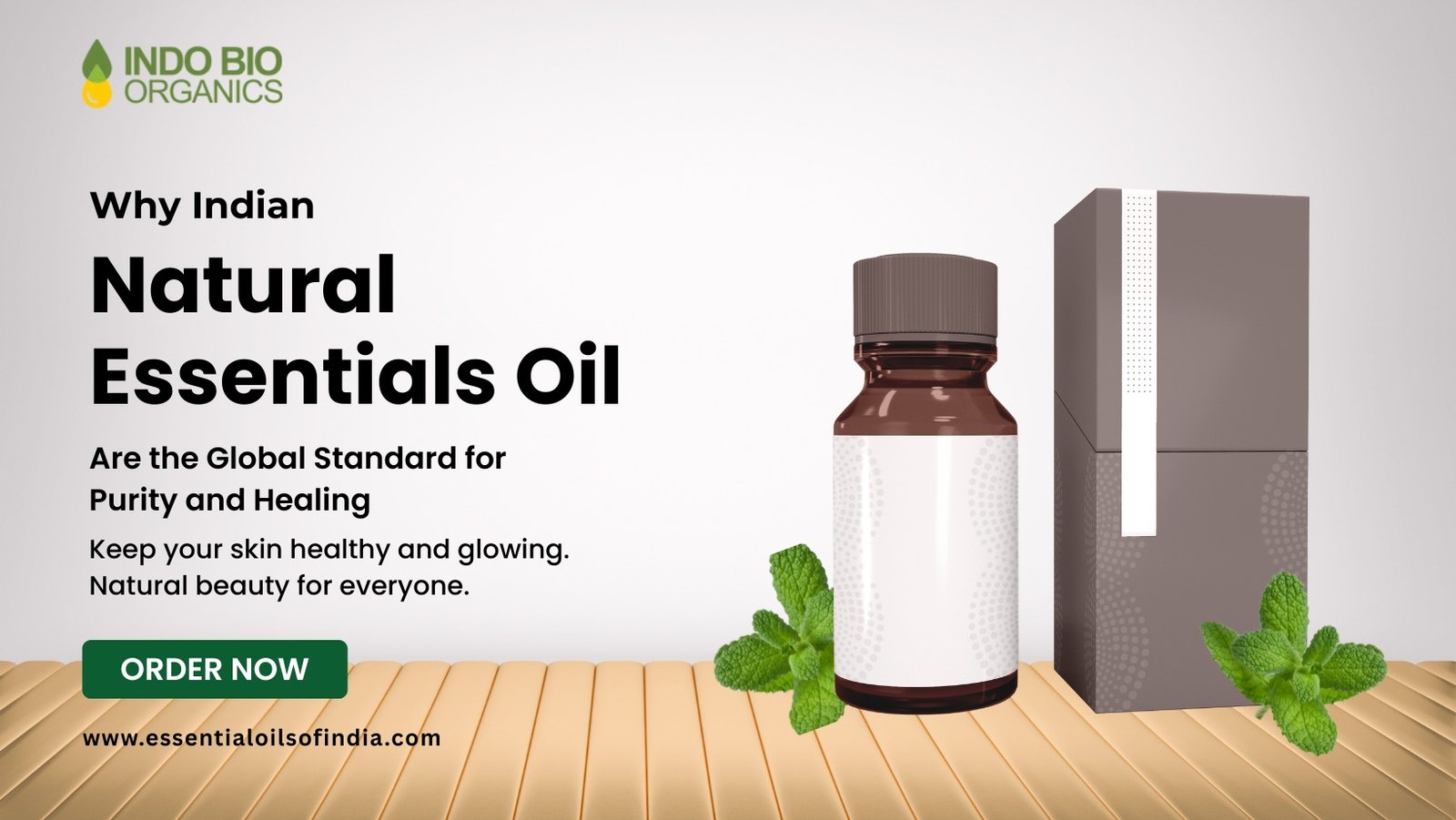









I recently purchased the Rosehip Oil and I am thoroughly impressed with the quality! The oil is 100% pure, cold-pressed, and has a light, non-greasy texture that absorbs beautifully into the skin.
As a bulk buyer, I’ve been sourcing Rosemary Oil from www.essentialoilsofindia.com for several months now. The quality is consistently excellent—pure, potent, and exactly as per our specifications. Packaging is secure, deliveries are on time, and their customer support is responsive and professional. A trustworthy partner for essential oils.
We’ve been purchasing essential oils regularly from www.essentialoilsofindia.com and are extremely satisfied with their quality, consistency, and service. The oils are always pure and well-packaged, and shipments arrive on time. A dependable supplier for our business needs.